Fleck 7000 Water Softener
bigroccrek
11 years ago
Related Stories

GREAT HOME PROJECTSHow to Replace Your Lawn With a Garden
New project for a new year: Lose the turfgrass for energy savings, wildlife friendliness and lower maintenance
Full Story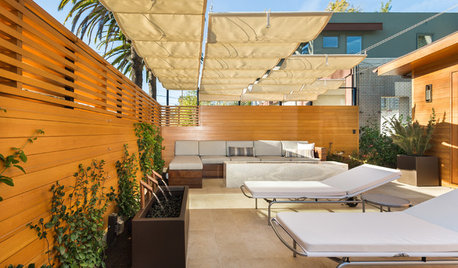
PATIOSPatio Details: A Relaxing Front-Yard Retreat in Los Angeles
A retractable awning, a water feature and an onyx fire feature transform a formerly unused front yard on a busy street
Full Story
HOUSEKEEPINGHow to Clean Hardwood Floors
Gleaming wood floors are a thing of beauty. Find out how to keep them that way
Full Story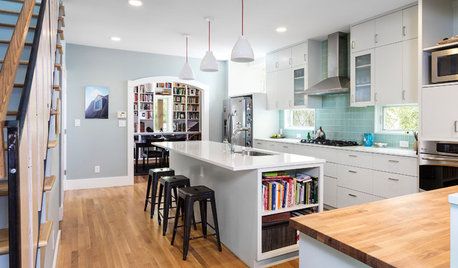
MOST POPULAR6 Kitchen Flooring Materials to Boost Your Cooking Comfort
Give your joints a break while you're standing at the stove, with these resilient and beautiful materials for kitchen floors
Full Story
DECORATING GUIDESBulletproof Decorating: Upholstery That Stands Up to Anything
Kids and pets are no match for fabrics as durable as these, which meet higher style standards than ever
Full Story
PETSDealing With Pet Messes: An Animal Lover's Story
Cat and dog hair, tracked-in mud, scratched floors ... see how one pet guardian learned to cope and to focus on the love
Full Story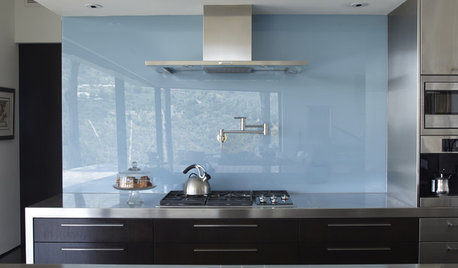
KITCHEN DESIGNThe Future of Backsplashes
Grout is out. Continuous sheets of glass, stone, metal and porcelain are saving cleaning time and offering more looks than ever
Full Story
FLOORSDrama’s Afoot With Striking Black Floors
Be bold. Be brave. Drench your floors in black for a memorable interior scene
Full Story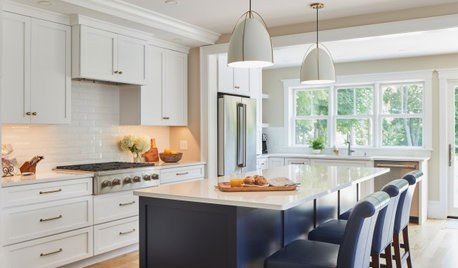
KITCHEN DESIGNPopular Cabinet Door Styles for Kitchens of All Kinds
Let our mini guide help you choose the right kitchen door style
Full Story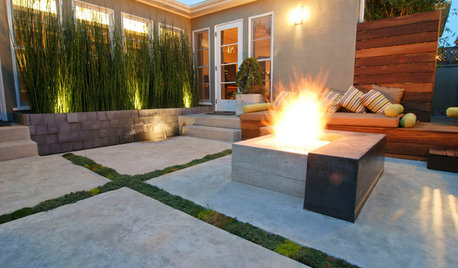
GREAT HOME PROJECTSHow to Tear Down That Concrete Patio
Clear the path for plantings or a more modern patio design by demolishing all or part of the concrete in your yard
Full Story







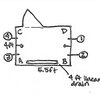
bigroccrekOriginal Author
bigroccrekOriginal Author
Related Professionals
Beachwood Kitchen & Bathroom Remodelers · Cloverly Kitchen & Bathroom Remodelers · Durham Kitchen & Bathroom Remodelers · Eureka Kitchen & Bathroom Remodelers · Jefferson Hills Kitchen & Bathroom Remodelers · Olney Kitchen & Bathroom Remodelers · Oxon Hill Kitchen & Bathroom Remodelers · Panama City Kitchen & Bathroom Remodelers · Saint Helens Kitchen & Bathroom Remodelers · Sicklerville Kitchen & Bathroom Remodelers · South Park Township Kitchen & Bathroom Remodelers · Sweetwater Kitchen & Bathroom Remodelers · Terrell Kitchen & Bathroom Remodelers · North Chicago Kitchen & Bathroom Remodelers · Mountain Top Kitchen & Bathroom RemodelersUser
User
User
bigroccrekOriginal Author
User
bigroccrekOriginal Author
bigroccrekOriginal Author
User
bigroccrekOriginal Author
bigroccrekOriginal Author
User
User
bigroccrekOriginal Author
bigroccrekOriginal Author
User
User
bigroccrekOriginal Author
bigroccrekOriginal Author
User
User
bigroccrekOriginal Author
bigroccrekOriginal Author
User
bigroccrekOriginal Author
User
User
User
User
bigroccrekOriginal Author
bigroccrekOriginal Author
bigroccrekOriginal Author
User
bigroccrekOriginal Author
User
bigroccrekOriginal Author
User
User
bigroccrekOriginal Author
bigroccrekOriginal Author
User
bigroccrekOriginal Author
bigroccrekOriginal Author
User
bigroccrekOriginal Author
User
bigroccrekOriginal Author
bigroccrekOriginal Author
bigroccrekOriginal Author